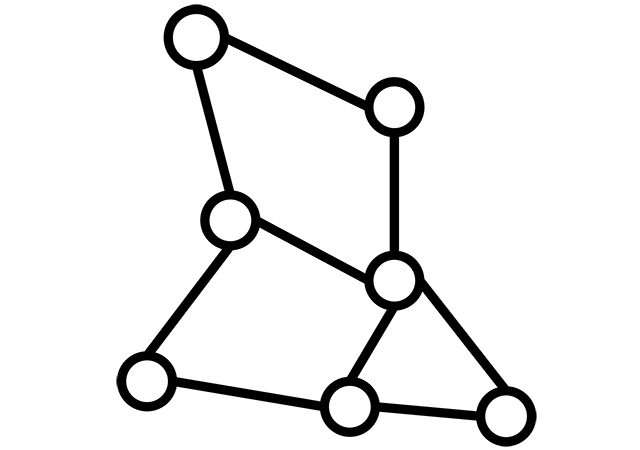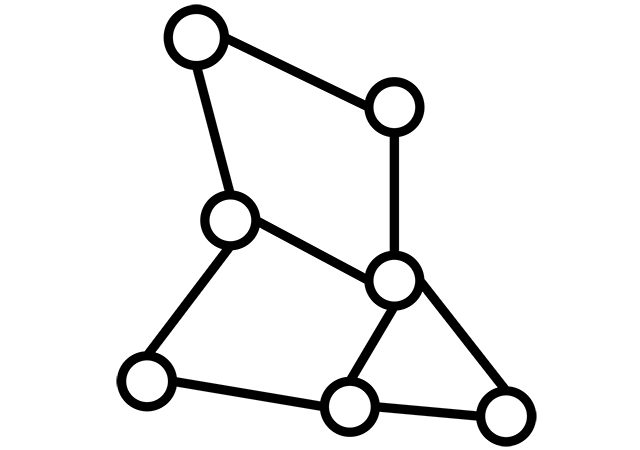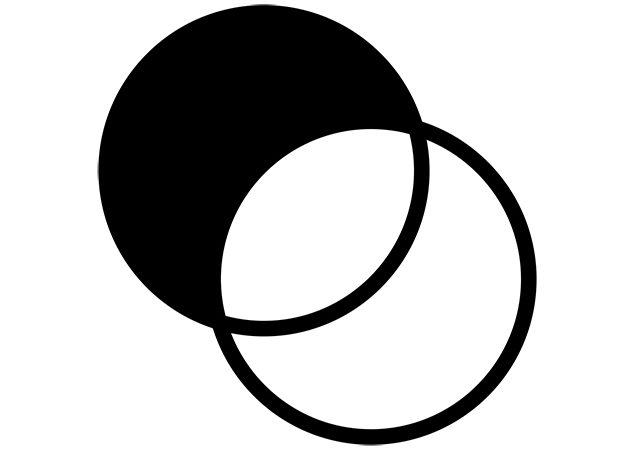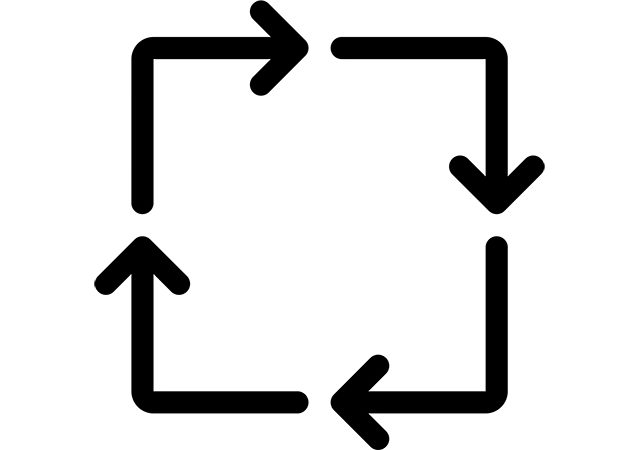The idea of this mesh method is calculating mesh currents of meshes (closed loops in a circuit), instead of the currents of branches, using…
Category: Learning
Kirchhoff’s Law – nodal method
The idea of this nodal method is to find voltages of the nodes using the first Law of Kirchhoff, concerning the reference (ground) node.…
Superposition principle
In the linear circuit with voltage sources, mesh currents are linear functions of mesh EMFs. Ii=1∆R∑k=1nVk∆ki The current in any mesh, containing more then…
General nodal analysis
It is possible to generalise the Nodal analysis method to use it for all electric circuits. This means the nodal method should work with…
Links and Loop analysis
Let us consider the circuit analysis method, using a tree structure. For example, we take a tree of the graph and arbitrary link. They…
Equivalent voltage and current sources
Equivalent voltage and current sources are equivalent - if you are replacing one with another and the rest of the circuit response is the…
Two-node scheme transformations
Let us consider the circuit in Figure 27a. Converting voltage sources to the current sources we achieve the scheme in Figure 27b. All the…
Sources shift in an electric circuit
Calculation of the electric circuit can be simplified by moving voltage and current sources. How to move them along the circuit is described here.…
Thevenin’s and Norton’s Theorems
Now we will study theorems which help to determine parameters of only a part of an electric circuit, for example current, voltage and power…
Quiz
Solve these problems and submit your answers down in the comments. Problem 1. Find equivalent resistance Req for the network of resistances in Figure…








